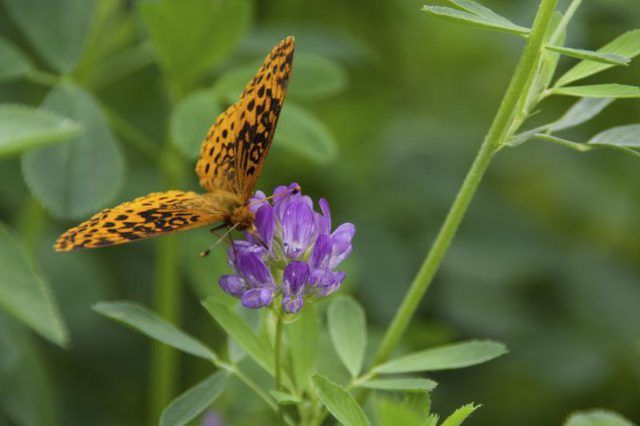Bulbs
Flower Basics
Flower Beds & Specialty Gardens
Flower Garden
Garden Furniture
Garden Gnomes
Garden Seeds
Garden Sheds
Garden Statues
Garden Tools & Supplies
Gardening Basics
Green & Organic
Groundcovers & Vines
Growing Annuals
Growing Basil
Growing Beans
Growing Berries
Growing Blueberries
Growing Cactus
Growing Corn
Growing Cotton
Growing Edibles
Growing Flowers
Growing Garlic
Growing Grapes
Growing Grass
Growing Herbs
Growing Jasmine
Growing Mint
Growing Mushrooms
Orchids
Growing Peanuts
Growing Perennials
Growing Plants
Growing Rosemary
Growing Roses
Growing Strawberries
Growing Sunflowers
Growing Thyme
Growing Tomatoes
Growing Tulips
Growing Vegetables
Herb Basics
Herb Garden
Indoor Growing
Landscaping Basics
Landscaping Patios
Landscaping Plants
Landscaping Shrubs
Landscaping Trees
Landscaping Walks & Pathways
Lawn Basics
Lawn Maintenance
Lawn Mowers
Lawn Ornaments
Lawn Planting
Lawn Tools
Outdoor Growing
Overall Landscape Planning
Pests, Weeds & Problems
Plant Basics
Rock Garden
Rose Garden
Shrubs
Soil
Specialty Gardens
Trees
Vegetable Garden
Yard Maintenance
How to Grow Alfalfa
How to Grow Alfalfa. Sweet-smelling alfalfa (Medicago sativa) is a perennial grown mostly for forage and as a green manure. In home gardens it's suitable for use in butterfly gardens. A member of the bean family, it has root-dwelling nodule-forming bacteria (Rhizobium) that fix nitrogen for the plant. Numerous varieties exist, and flowers resemble...

Sweet-smelling alfalfa (Medicago sativa) is a perennial grown mostly for forage and as a green manure. In home gardens it's suitable for use in butterfly gardens. A member of the bean family, it has root-dwelling nodule-forming bacteria (Rhizobium) that fix nitrogen for the plant. Numerous varieties exist, and flowers resemble miniature sweet peas in colors of purple, yellow, white, pink and blue. Once established, roots extend deeply into the soil. It is hardy in U.S. Department of Agriculture plant hardiness zones 4 through 8.
Soil and Spacing
Alfalfa's long roots, which may grow 8 to 12 feet long, need a deep soil without underlying caliche or hardpan that obstructs root growth. Good drainage is essential since roots are susceptible to root rot if the soil stays wet. Plants don't grow in acidic soils, with the ideal soil pH between 6.3 and 7.5. Preferred soil types are sandy loam, clay loam and silt loam. Eventual plant spacing should be 12 inches apart, so sow seeds more thickly and thin to the recommended spacing, choosing the strongest seedlings to remain. Space rows 18 to 36 inches apart.
Water Needs
Keep the soil moist but not soggy for successful seed germination and early seedling growth. Once established, alfalfa can tolerate drought fairly well. If you want to harvest the stems rather than feature alfalfa as a garden ornamental, give plants more water. Depending on the climate, alfalfa can need as much as 40 inches of water per growing season. In general, water thoroughly when the top 2 inches of soil become dry. The water should penetrate the top 3 to 4 feet of soil, which is where most of the roots grow. After cutting alfalfa back, water needs decline until the plant regrows, with normal water needs recurring in about 10 to 12 days after cutting. Leaf color can indicate alfalfa's water needs. If the leaves turn blue-green, it's a sign the plant is nearing wilting.
Light and Fertilizer
Alfalfa needs full sun. Because it's a legume and has nitrogen-fixing bacteria, alfalfa doesn't need nitrogen fertilizer. The bacteria supply the plants with nitrogen they take from the atmosphere and make available to the plant. Fertilizing an established plant with nitrogen can interfere with the rhizobium bacteria and reduce alfalfa growth. For maximum yield, use 7 ounces of triple superphosphate (0-48-0) and 14 ounces of potash (0-0-60) per year for every 100 square feet. Scatter fertilizer around each plant or in a 1-foot-wide area on each side of a row in fall or early winter. Work it into the top layer of soil and water thoroughly.
Special Care Considerations
If you're growing alfalfa in soil where members of the bean family haven't been previously grown, ensure the presence of rhizobium bacteria by purchasing seeds already inoculated with rhizobium. Alternatively, purchase rhizobium inoculant and coat the seeds with it before planting them. Weed control is important for good growth in alfalfa, so pull or hoe weed seedlings regularly. Allow alfalfa to grow for 70 to 90 days from seed before you cut it for the first time. For the first and later cuttings, look for early flower buds to time the cutting for best forage quality.